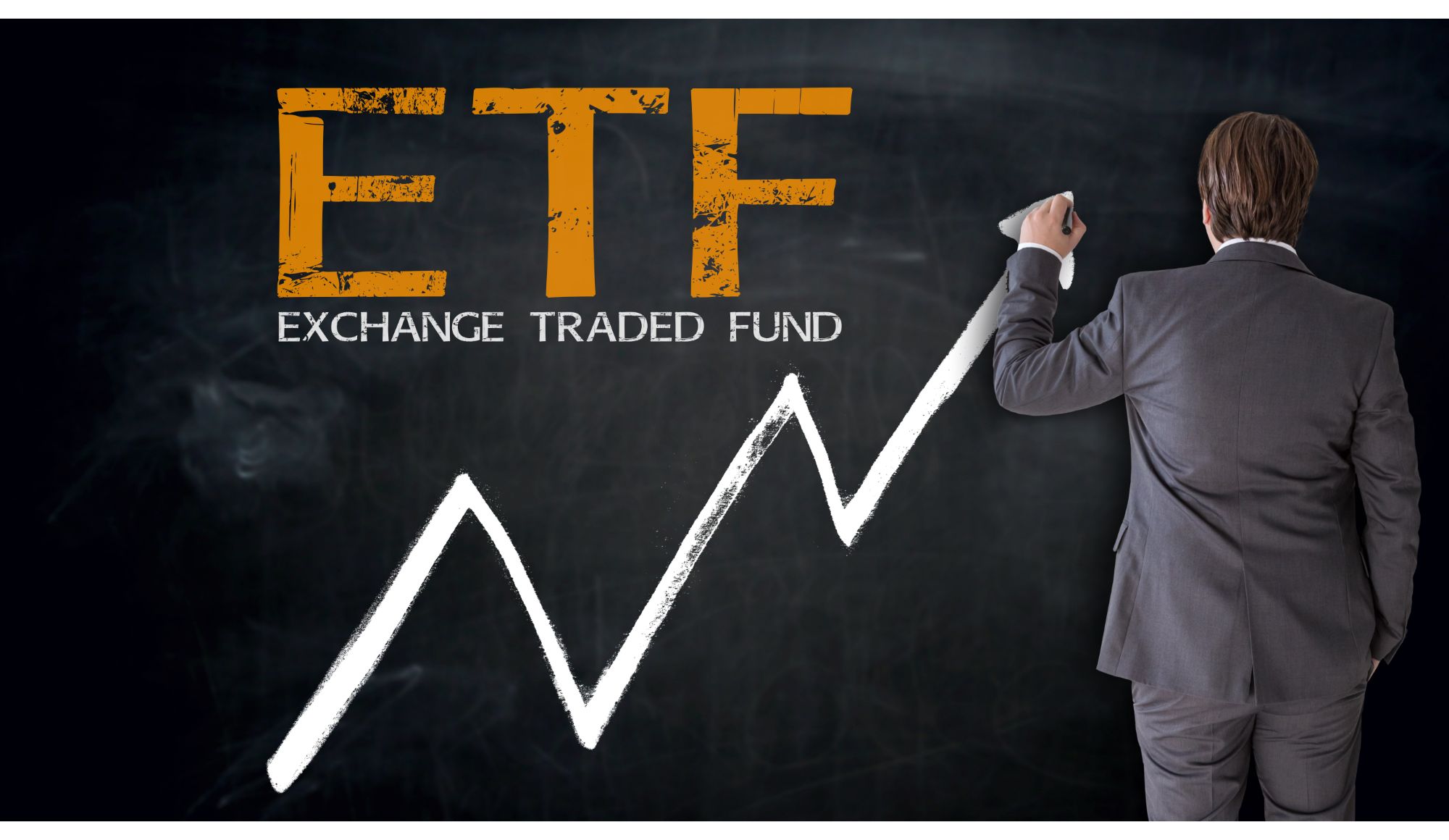The Single Best ETF to Buy for 2024?
By many measures, the stock market is overextended now yet calls for a correction have vanished with the wind in recent weeks.
Within a few weeks, though, we expect the market will find a plateau and turnaround. If it does top as expected and start a new downtrend, one index above all others could be the top performer in 2024.
Key Points
- The Dow Jones lagged the other indices in 2023 but this year may bring a change to its fortunes relative to the S&P 500 and NASDAQ.
- The breakout on the yearly chart of the Dow may signal that foreign capital sees rocky times up ahead.
- History suggests 2024 will be a lot more volatile than 2023 and that the Dow may be the safest haven of all the indices.
3 Major Indices But Which Is Best?
Martin Armstrong is broadly credited with categorizing the stock market indices into three categories. The Dow Jones Industrial Average is the playground of foreign capital, according to him, while the S&P 500 represents domestic, institutional capital and the NASDAQ reflects retail interest most.
In times of economic strife, capital tends to migrate from foreign shores into US markets, and nothing represents that inflow more so than the movements of the Dow Jones Industrial Average.
It’s not a perfect index by any means, featuring only 30 companies versus the broader based S&P 500 or the NASDAQ, which encompasses thousands of firms. So too is it price-weighted versus market capitalization-weighted. That’s an obvious defect in its structure but it has an advantage, which is a few companies don’t necessarily dominate it as is often the case in the S&P 500.
The reason the Dow Jones Industrial Average should be on just about every investor’s radar right now is that any hint of war, and the drumbeats are sounding louder, tend to trigger an influx of foreign capital flows.
So how do you buy it?
How To Buy The ETF
To gain exposure to all thirty Dow Jones companies, a single exchange-traded fund, DIA fits the bill.
The caveat to the purchase should be to pay close attention to the 50-day moving average. It’s a key line in the sand, alongside the 200-day moving average, that institutional capital pays attention to. If it’s broken to the downside, it would trigger a Sell signal and suggest further risk is probable.
As we mentioned a few weeks ago, one analyst who pays attention to supply and demand flows in the market, sees risk escalating in the weeks following mid-January’s VIXperation.
If you’re worried about the exodus, pencil in the Dow Jones as an opportunity following a drawdown, which may have run its course as soon as Q1 with March as a key focal point.
Just as was the case in 2020 when COVID was well-known and heavily reported from December 2019, markets held up until January’s options expiration, and only thereafter did a correction take place with March’s options expiration marking the low. We’re about to find out if history echoes and bullish flows offset macro ones until the latter half of January.



